Intro
Learn about elbow bursitis treatment and symptoms, including causes, diagnosis, and recovery options, to alleviate painful swelling and inflammation in the olecranon bursa, a common condition affecting the elbow joint and surrounding tissues.
Elbow bursitis, also known as olecranon bursitis, is a condition characterized by inflammation of the bursa, a fluid-filled sac that cushions the elbow joint. This condition can cause pain, swelling, and limited mobility in the affected elbow. Understanding the symptoms and treatment options for elbow bursitis is essential for managing the condition and preventing further complications.
The symptoms of elbow bursitis can vary in severity, but common signs include redness, swelling, and warmth around the elbow, as well as pain when moving the elbow or applying pressure to the affected area. In some cases, the bursa may become infected, leading to increased pain, redness, and swelling, as well as fever and chills. It is crucial to seek medical attention if symptoms persist or worsen over time, as untreated elbow bursitis can lead to chronic pain, limited mobility, and increased risk of infection.
Elbow bursitis can be caused by a variety of factors, including repetitive motion, direct trauma, or infection. People who engage in activities that involve frequent elbow movement, such as tennis or golf, are more likely to develop elbow bursitis. Additionally, individuals with certain medical conditions, such as rheumatoid arthritis or gout, may be more prone to developing elbow bursitis.
Understanding Elbow Bursitis
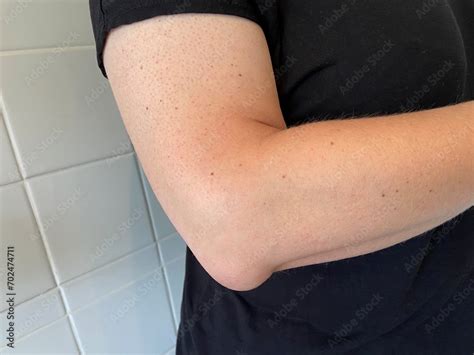
Causes of Elbow Bursitis
The causes of elbow bursitis can be divided into two main categories: traumatic and non-traumatic. Traumatic causes include direct blows to the elbow, falls onto the elbow, or repetitive motion. Non-traumatic causes include infection, rheumatoid arthritis, and gout. In some cases, the exact cause of elbow bursitis may be unclear, making it essential to seek medical attention for proper diagnosis and treatment.Diagnosis of Elbow Bursitis
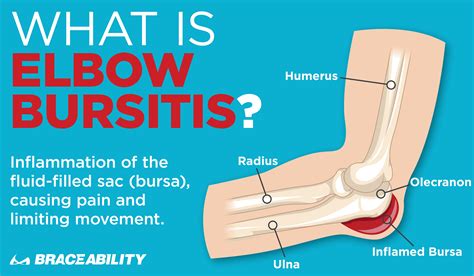
Treatment Options for Elbow Bursitis
Treatment options for elbow bursitis depend on the severity of the condition and the underlying cause. Mild cases of elbow bursitis may be treated with rest, ice, compression, and elevation (RICE), as well as over-the-counter pain medications. More severe cases may require prescription medications, physical therapy, or surgery. In cases where the bursa is infected, antibiotics may be prescribed to treat the infection.Treatment and Management

Complications of Elbow Bursitis
Complications of elbow bursitis can include chronic pain, limited mobility, and increased risk of infection. If left untreated, elbow bursitis can lead to permanent damage to the bursa and surrounding tissues, resulting in chronic pain and limited mobility. Additionally, infection of the bursa can spread to other parts of the body, leading to more severe complications.Prevention of Elbow Bursitis
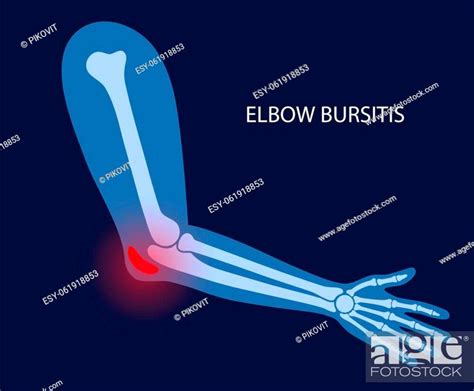
Home Remedies for Elbow Bursitis
Home remedies for elbow bursitis include applying ice or heat to the affected area, using compression bandages to reduce swelling, and elevating the elbow above the level of the heart to reduce inflammation. Over-the-counter pain medications, such as ibuprofen or acetaminophen, may also be used to manage pain and inflammation. However, it is essential to consult with a doctor before using any home remedies, as some may exacerbate the condition or interact with other medications.Surgical Treatment of Elbow Bursitis
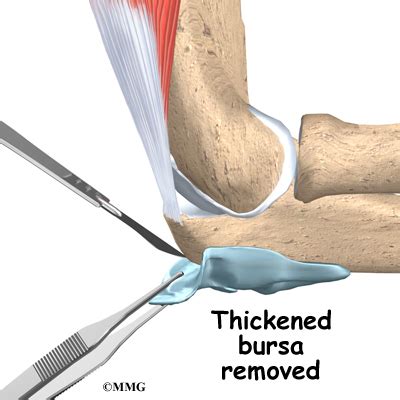
Recovery and Rehabilitation
Recovery and rehabilitation after elbow bursitis treatment involve a combination of rest, physical therapy, and lifestyle modifications. The goal of rehabilitation is to restore strength, flexibility, and mobility to the affected elbow, as well as to prevent future episodes of elbow bursitis. This may involve exercises to improve range of motion, strength, and flexibility, as well as modalities such as heat or cold therapy to reduce pain and inflammation.Living with Elbow Bursitis
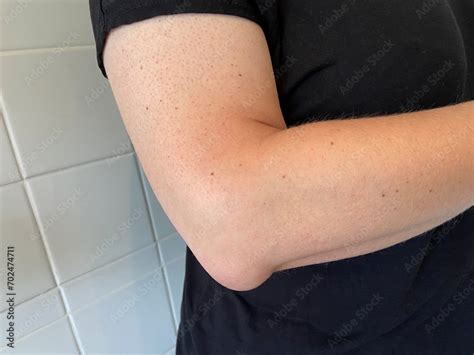
Conclusion and Final Thoughts
In conclusion, elbow bursitis is a condition that can cause significant pain, swelling, and limited mobility in the affected elbow. Understanding the symptoms, causes, and treatment options is essential for managing the condition and preventing further complications. By making lifestyle modifications, seeking medical attention when necessary, and following a treatment plan, individuals with elbow bursitis can reduce their symptoms and improve their quality of life.We invite you to share your experiences with elbow bursitis, ask questions, or provide feedback on this article. Your input can help others better understand the condition and find effective ways to manage their symptoms. Additionally, if you have any questions or concerns about elbow bursitis, please do not hesitate to reach out to a medical professional for guidance and support.
What are the symptoms of elbow bursitis?
+The symptoms of elbow bursitis include pain, swelling, and limited mobility in the affected elbow, as well as redness, warmth, and tenderness around the elbow.
How is elbow bursitis diagnosed?
+Elbow bursitis is typically diagnosed through a physical examination, medical history, and imaging tests such as X-rays or MRI.
What are the treatment options for elbow bursitis?
+Treatment options for elbow bursitis include rest, ice, compression, and elevation (RICE), as well as over-the-counter pain medications, physical therapy, and surgery in severe cases.
